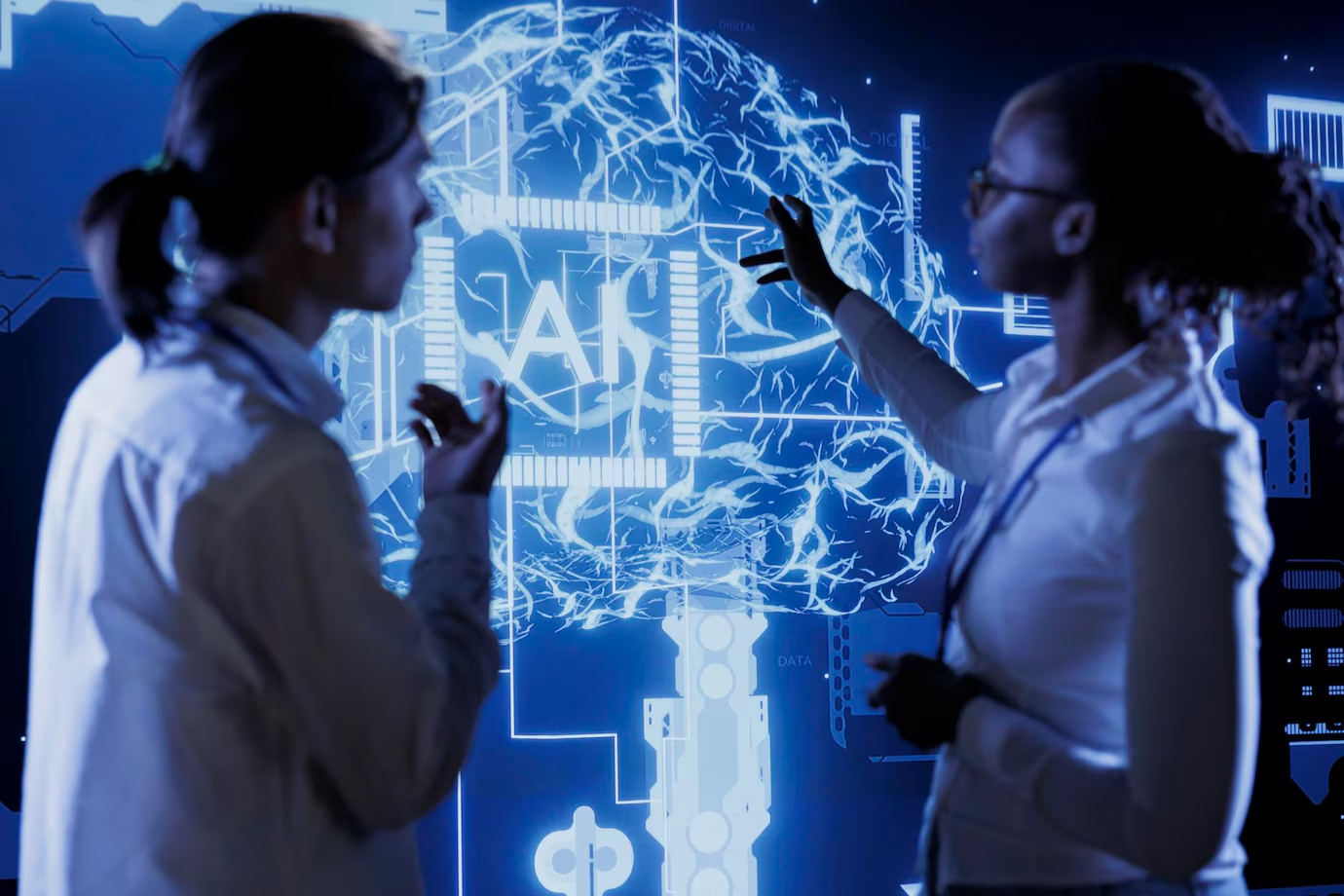Artificial Intelligence (AI) is transforming industries and reshaping our daily lives. From voice assistants like Siri and Alexa to autonomous vehicles, AI is at the core of innovations driving the future. But what exactly is AI, and what are its different types? In this blog post, we’ll break down the concept of AI and explore its various forms.
Understanding Artificial Intelligence
Artificial Intelligence refers to the simulation of human intelligence in machines that are programmed to think and learn like humans. These intelligent systems can perform tasks that typically require human intelligence, such as recognizing speech, making decisions, solving problems, and translating languages.
AI systems can be broadly categorized based on their capabilities and functionalities. The two main types of AI are:
- Narrow AI (Weak AI)
- General AI (Strong AI)
Let’s dive deeper into these categories and their subtypes.
Types of AI
- Narrow AI (Weak AI)
Narrow AI is designed and trained for a specific task. Unlike humans, Narrow AI can only perform the tasks it is specifically programmed for and cannot generalize its knowledge to different areas. This type of AI is prevalent in our daily lives and is responsible for many of the advancements we see today.
- Examples of Narrow AI:
- Voice Assistants: Siri, Alexa, and Google Assistant.
- Recommendation Systems: Netflix, Amazon, and Spotify recommendations.
- Image Recognition: Facial recognition technology in smartphones.
- Medical Diagnosis: AI tools that assist doctors in diagnosing diseases.
- General AI (Strong AI)
General AI, also known as Strong AI, refers to systems that possess the ability to perform any intellectual task that a human can do. These systems would have a comprehensive understanding and cognitive abilities that are not limited to specific tasks. However, as of now, General AI remains largely theoretical and is a goal for future AI research.
- Characteristics of General AI:
- Autonomous Learning: The ability to learn and adapt from different experiences.
- Reasoning and Problem-Solving: Capable of applying knowledge to new situations.
- Natural Language Understanding: Fluently understanding and generating human language.
- Self-Awareness: Possessing consciousness and self-awareness.
Subtypes of AI Based on Functionality
In addition to the broad categories of Narrow and General AI, AI can also be classified based on its functionality and development stage:
- Reactive Machines
- Description: The most basic type of AI, these systems can only react to current situations without any memory of past experiences.
- Example: IBM’s Deep Blue, the chess-playing computer.
- Limited Memory
- Description: These AI systems can use past experiences to inform future decisions. They have a limited memory and can store previous data to improve over time.
- Example: Self-driving cars that observe other vehicles’ speed and direction.
- Theory of Mind
- Description: This type of AI is still in development and aims to understand human emotions, beliefs, and thoughts. It involves understanding that other entities have their own minds and perspectives.
- Example: Advanced humanoid robots capable of social interactions.
- Self-Aware AI
- Description: The ultimate goal of AI research, self-aware AI systems will possess human-like consciousness and self-awareness. These systems would understand their own existence and have the ability to make autonomous decisions.
- Example: Hypothetical and not yet realized.
Conclusion
Artificial Intelligence is a fascinating and complex field that continues to evolve. From the narrow AI systems that assist us in everyday tasks to the potential future of general AI with human-like intelligence, the possibilities are endless. Understanding the different types of AI helps us appreciate the current technologies and anticipate the future advancements in this exciting domain.

